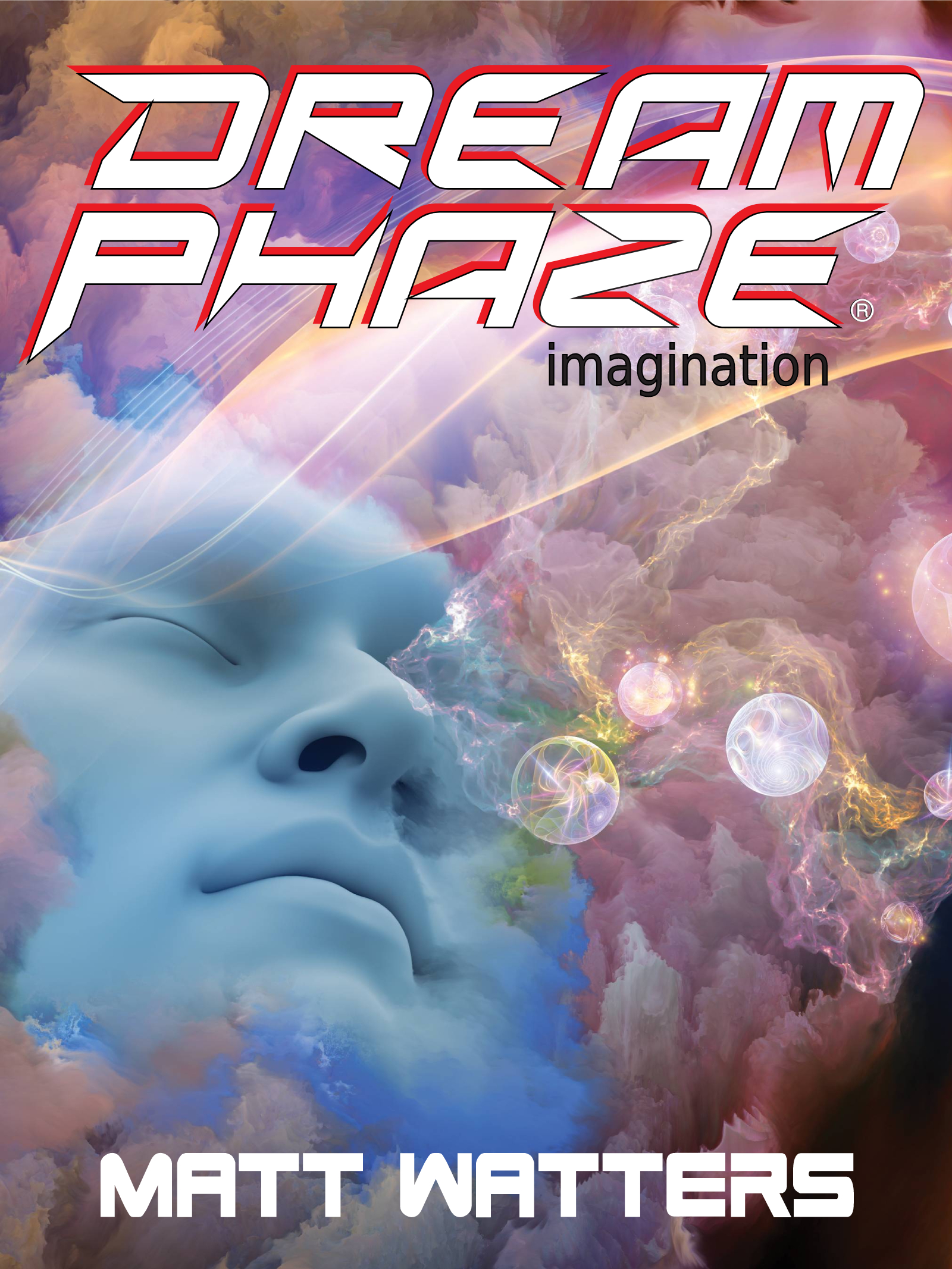In the near-future science fiction novel DREAM PHAZE — Imagination, Matt Watters’ sequel to Dream Phaze — Germination, a serial rapist and murderer stalks young women in the virtual dreamscape called Dream Immersion (DI). Invented by Saxon Zynn and his wife Margo, with the help of Margo’s stubborn billionaire father, DI allows users to escape into a shared virtual experience—for thirty-three minutes at a time—with other people to visit places and perform acts that would be otherwise impossible—or unscrupulous—in real life. Meanwhile, real-life terrorists attacks rock the nation, and anti-DI sentiment is on the rise.
As a sequel, the book takes themes Watters introduced in the first book and draws them forward into more complex considerations of the morality and ethics of technology and its regulation. The DI platform boasts complete anonymity and privacy and promises no censorship whatsoever, except in the form of ratings that show what users can or cannot expect from an experience. Organic Dream Alliance activists condemn the lack of censorship and accountability, as cases of what they call Dream Immersion Trauma Syndrome—people suffering from PTSD from what they experienced when using the platform—are on the rise.
Characters debate the validity and morality of the problems this technology presents—from opportunities to indulge in white supremacist fantasies to interactions with deceased individuals who may or may not have consented to their likenesses being used prior to their deaths—within the confines of a storytelling design. Philosophical discussions are embedded in action, with characters contemplating the ethics of what they’re doing in the moment then facing the consequences once outside of the DI software. For instance, in discussing an investigation of an alleged rape inside DI, the police and DI employees ponder the question of the culpability of an assailant when no physical bodies are involved, when privacy laws make allegations impossible to prove, and when rating systems alert users as to what they can expect when entering a dream space. We can’t legally regulate natural or so-called “organic” dreams, so how should the law treat communal dreams where individuals can assert control over others in their shared environment?
Much of the book’s narrative is composed of dialogue, which is realistic, true to the characters speaking, and immersive as a storytelling technique. Because the book is dialogue-heavy, however, the setting sometimes falls too far into the background, even in dream scenes where characters’ context in their location is often important. When the author does take the time to describe the setting, however, it comes to vivid life, such as when a character enters a Romanesque building in DI, using multiple senses to make the setting tangible, believable, and mesmerizing. Other near-future technologies and practices, such as turning corpses into fertilizer, help round out the book’s world-building, though the reasons for and effects of the terrorist attacks in the real world are only briefly defined.
Returning characters from the first book are consistent in their distinct personalities. New characters emerge in order to challenge their beliefs and to bring more drama to various scenes that move the plot forward. The main characters in the book, especially Saxon Zynn, act as antiheroes, of a sort; the author does not comment upon his moral compass through the narrative’s tone or voice, though individual characters have opinions about his actions and beliefs that show how a wealthy and powerful person, who genuinely wants to improve the world with his invention, can suffer from cognitive dissonance. No character is wholly good or evil, which bolsters the thought-provoking nature of the book’s themes.
With a cliffhanger ending that prompts the potential plot for a third book in the series, DREAM PHAZE — Imagination is a riveting science fiction sequel that novelizes some of technology’s most pressing questions for the near future.
~Aimee Jodoin for IndieReader


